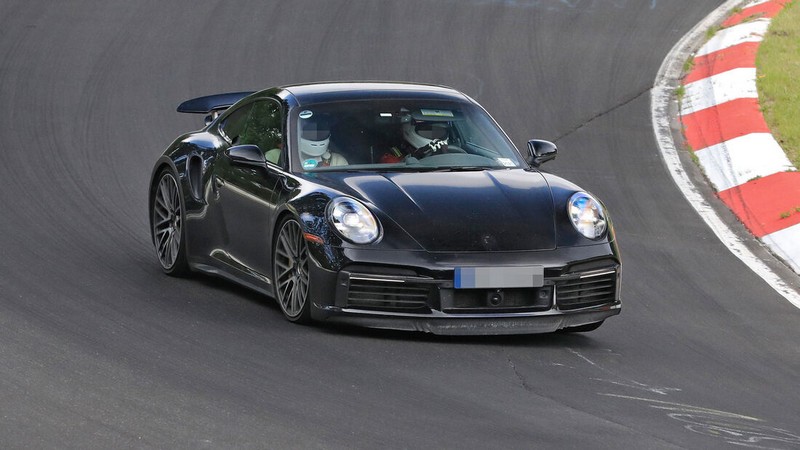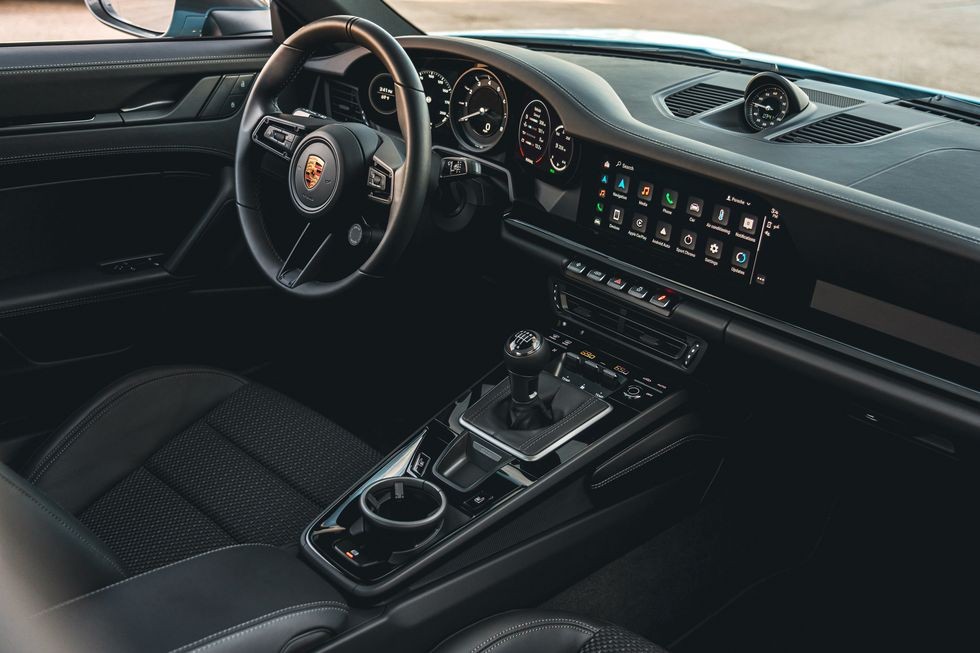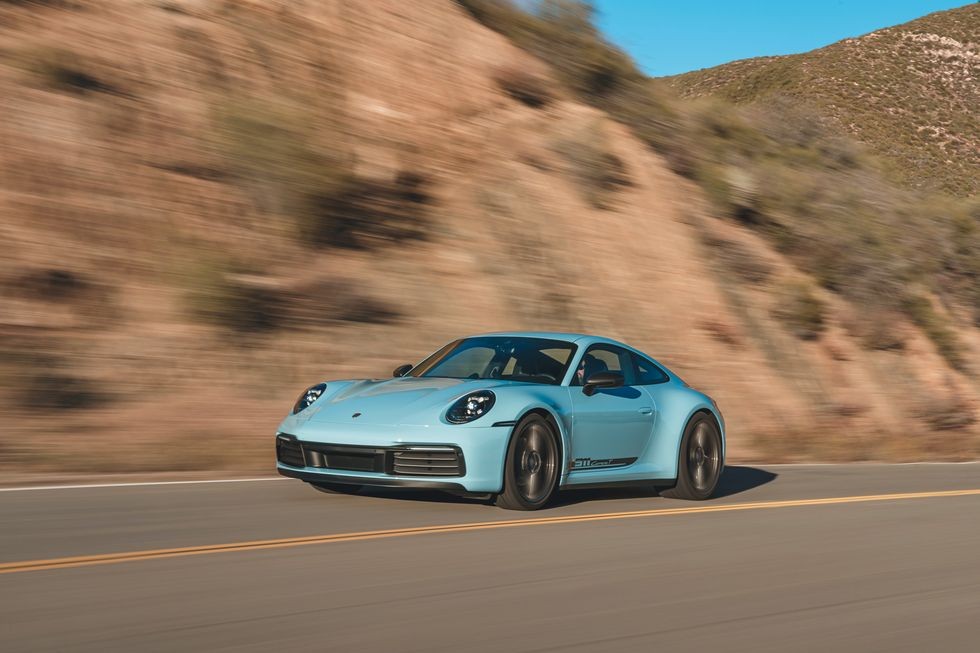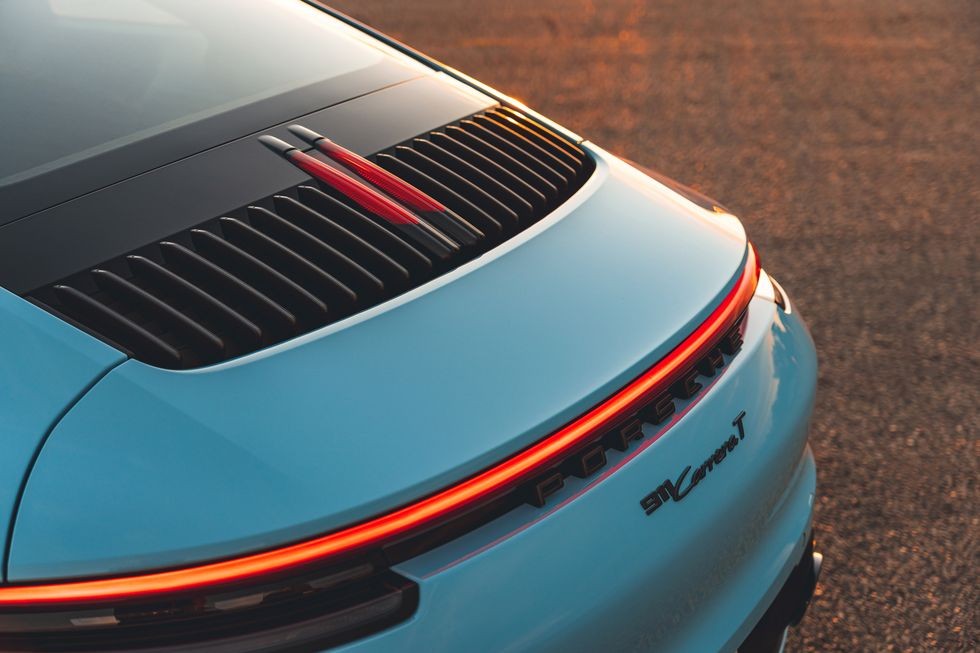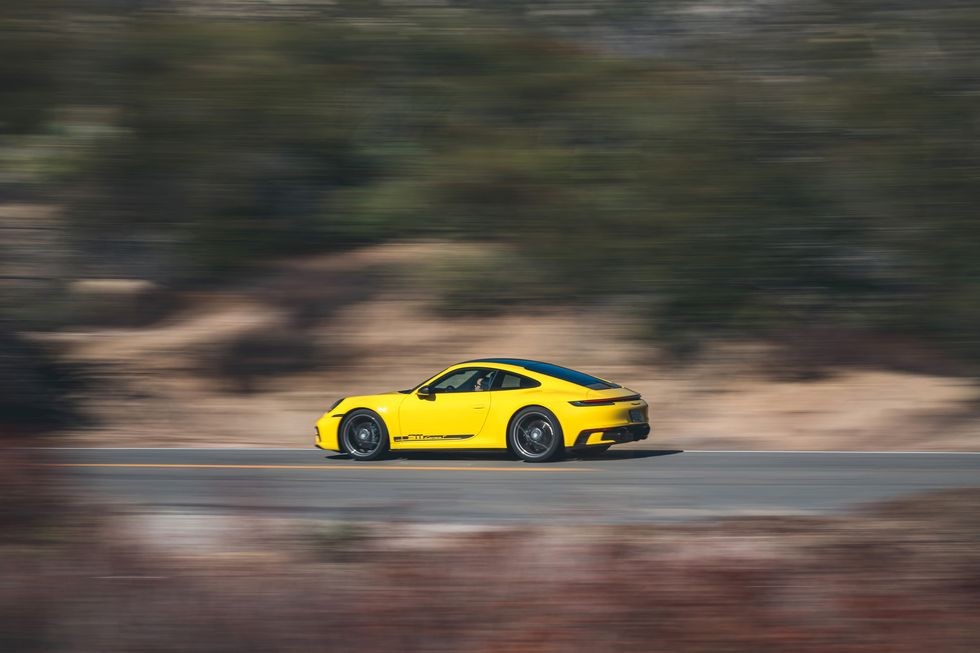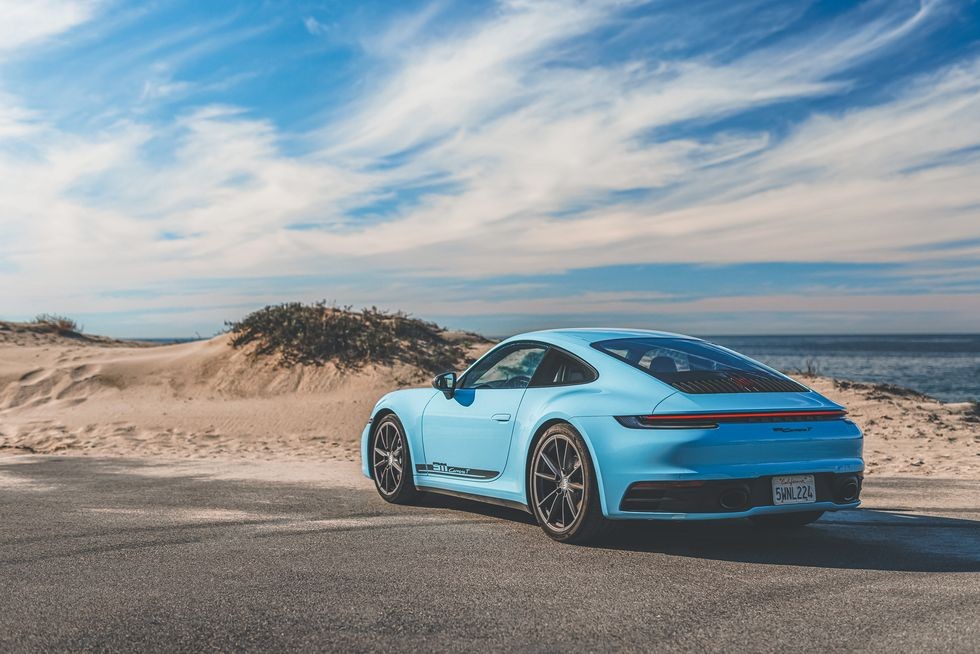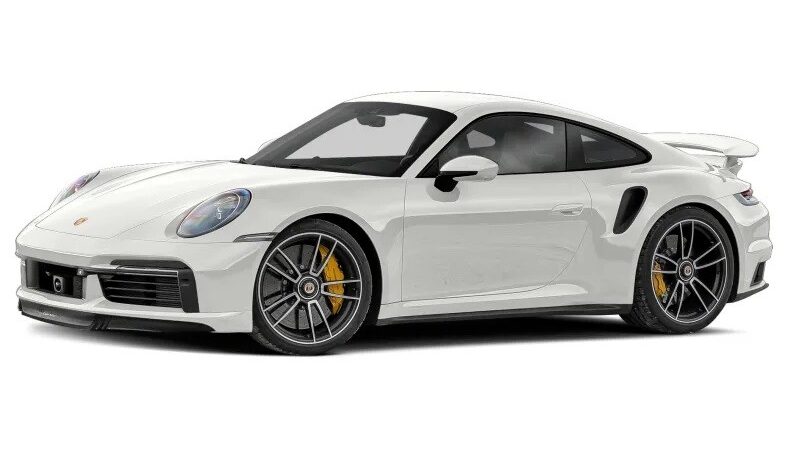The Sport Classic is the most expensive 992 currently in production. Why, though? Despite not being as powerful as the Turbo S, the Sport Classic features the Turbo-spec engine with a manual box and rear-wheel drive.
Priced at $272,300 sans destination charge and optional extras, the Sport Classic is limited to 1,250 examples worldwide. Paying tribute to 911s from the good ol’ days, the heritage model has been recently filmed having fun at the Nurburgring. The pictured car definitely has a classy look to it, for it combines black paintwork with white go-faster stripes.
Rather than Turbo-spec air intakes on the rear fenders, the Sport Classic features ducts underneath the ducktail spoiler, designed to channel fresh air to the 3.7-liter boxer. The 3,745-cc engine is a twin-turbo affair with 543 horsepower (550 ps) and 442 pound-feet (600 Nm) of torque on tap.
Not offered on Turbo models, the CFRP hood dips in the center. Said indentation perfectly complements the double-bubble roof, which is also made from carbon fiber-reinforced plastic. Heritage graphics help the Sport Classic stand out in the crowd, together with Fuchs-style wheels.
Wrapped in 255/35 by 20-inch and 315/30 by 21-inch rubber boots, the wheels feature center locks. Turbo-inspired widebody rear fenders also need to be mentioned. Equipped with a seven-speed tranny rather than a sixer, the Sport Classic is equipped with an auto-blip function that makes hell-and-toeing obsolete. It further sweetens the deal with a model-specific exhaust that sounds a bit better than the 992-series 911 Turbo.
The lowered suspension is a combination between Turbo and Carrera GTS, boasting Porsche Active Suspension Management and slightly decreased front-axle spring rates compared to the range-topping Turbo S. Rear-axle steering, the Sport Chrono Package, Porsche Dynamic Chassis Control, and Porsche Ceramic Composite Brakes are standard as well.
The second of four Heritage Design models planned for the 992 generation, the Sport Classic is available in four colors: Black, Sport Gray Metallic, Agate Gray Metallic, and Gentian Blue. Hopping inside reveals the Pepita houndstooth motif on the door panels and seats, whereas the semi-aniline leather upholstery is finished in black and Classic Cognac.
Every single unit comes with a 911-stylized badge on the passenger side of the dashboard, right above the glove box, serialized with the car’s number. The central analog tachometer is a retro throwback as well, for it sports a white needle and scale markings alongside green numbers and accents. The same treatment is carried over to the Sport Chrono clock.
As if the aforementioned weren’t special enough, the Porsche Exclusive Manufacture logo is embossed in the center console lid, and the headrests are embossed with the German automaker’s crest. Sport Classic owners are also eligible to purchase a Sport Classic watch from Porsche Design, a fancy chronograph that can be matched to the vehicle’s specification.













Article Credits: Mircea Panait
Full Articles: https://www.autoevolution.com/news/watch-the-992-porsche-911-sport-classic-tackle-the-nordschleife-208492.html#




